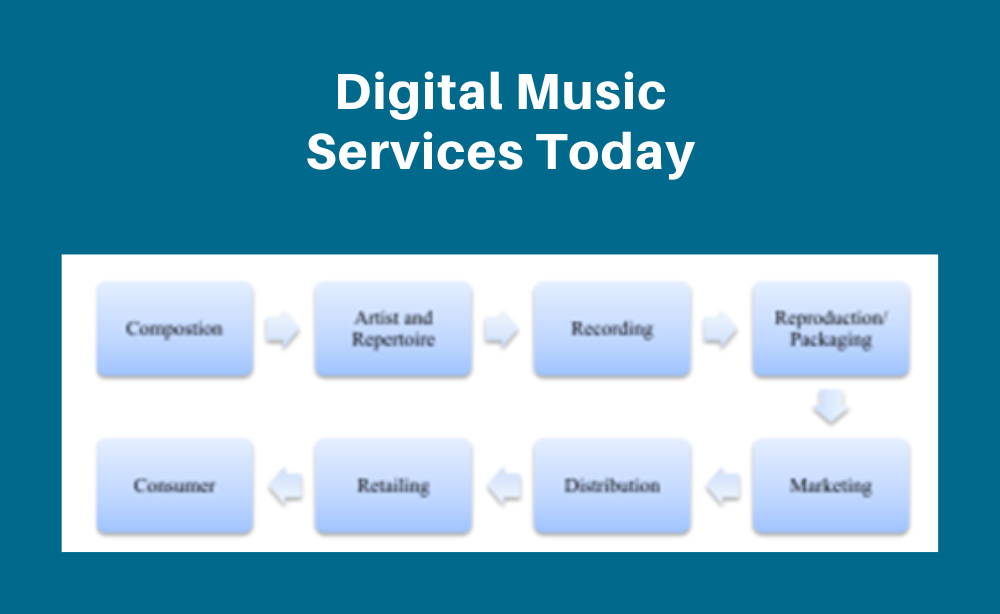By Mr. Rudy Ujang, Head of Academic
Today’s development in digital music services can be attributed to the launch of Napster in 1999. Napster is the pioneer in introducing peer-to-peer file-sharing system on the Internet. The introduction of Napster has brought remarkable changes to the music industry, the music product itself and the consumption of music. Since then, the whole music industry has begun to revolutionise its traditional value chain, which is shown below:
Despite the introduction of digital music services, the music industry did not move away from the traditional value chain in the above figure. None of the steps in the traditional value chain were skipped. The only thing that changed was the output, which moved from a physical good to a digital version. The availability of legally-obtained music on the Internet has reduced the need for compact discs (CD) and CD covers, just like how the emergence of CDs spelled the end of cassette tapes.
Several digital music services have gained strong positions in the market. From Apple’s iTunes and Apple Music to Spotify, these digital music services have provided convenience for users and consumers. These services permit authorised distribution and sale of online digital music. In past years, streaming from digital music services accounted for 38% of the global recorded music industry revenue, which was the highest among others and beating physical music by 8%.
The revenue from digital music services worldwide was anticipated to rise from 11.44 billion U.S. dollars in 2018 to 14.79 billion in 2022 (Statista, 2018). On the other hand, the number of digital music services users worldwide was expected to increase from 1.26 billion in 2018 to 1.4 billion in 2022. The forecasts given above show that user acceptance and adoption of digital music services is on the rise all over the world.

